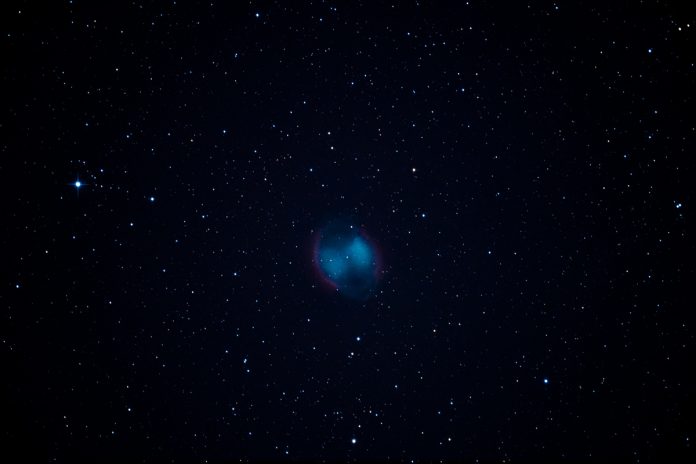The year 2020 has been a wild ride. From COVID-19 to elections and natural disasters, it’s safe to say most everyone is looking forward to what 2021 has in store (hopefully not more of the same…) On this month’s Cosmic Mariner, we’re traveling into the world of the magical photon, AKA light, as we gaze upon the many cosmic wonders you can see from your backyard in Enid, America. That’s right! Every photograph you’ll view in this article was captured from my driveway or in the surrounding plains. Want to know what’s even cooler? Almost every one of these objects is visible with a pair of plain old binoculars! So, without further ado, let’s marvel at the curiosities our universe has to offer.
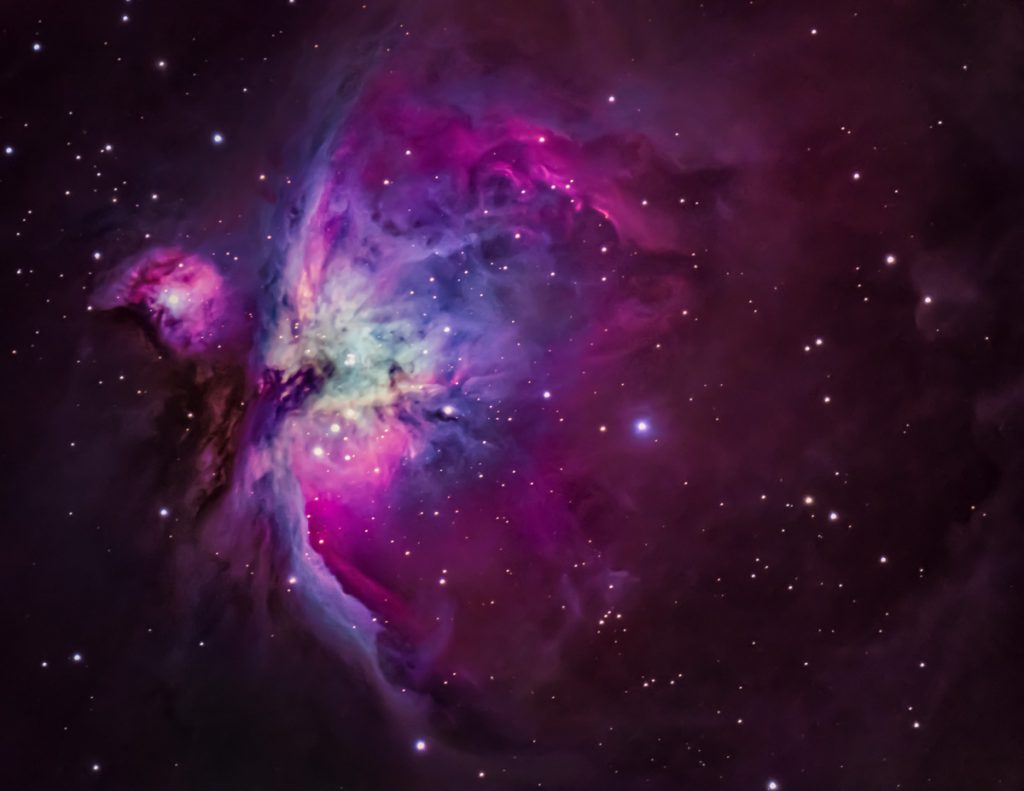
photograph is a grouping of 17 images stacked together to capture the most detail possible.
1. We’ll begin by viewing one of the most recognizable and easy to find objects in the night sky. The wondrous and ever-so colorful Orion Nebula. Visible to the unaided eye, albeit under darker skies, this enormous conglomerate of gases is one of the most dazzling objects to look at. This stellar nursery has provided astronomers with valuable insight into the evolution of stars and stellar objects while simultaneously captivating emerging astro-enthusiasts around the globe. If you look closely, you can see the Trapezium cluster of stars located at the center of Orion. These luminous stars help illuminate the enormous cloud of gas that surrounds them. This incredible structure is visible in winter months when the constellation of Orion is high in the sky. To view it, simply look at the middle of Orion’s sword. You can’t miss it.
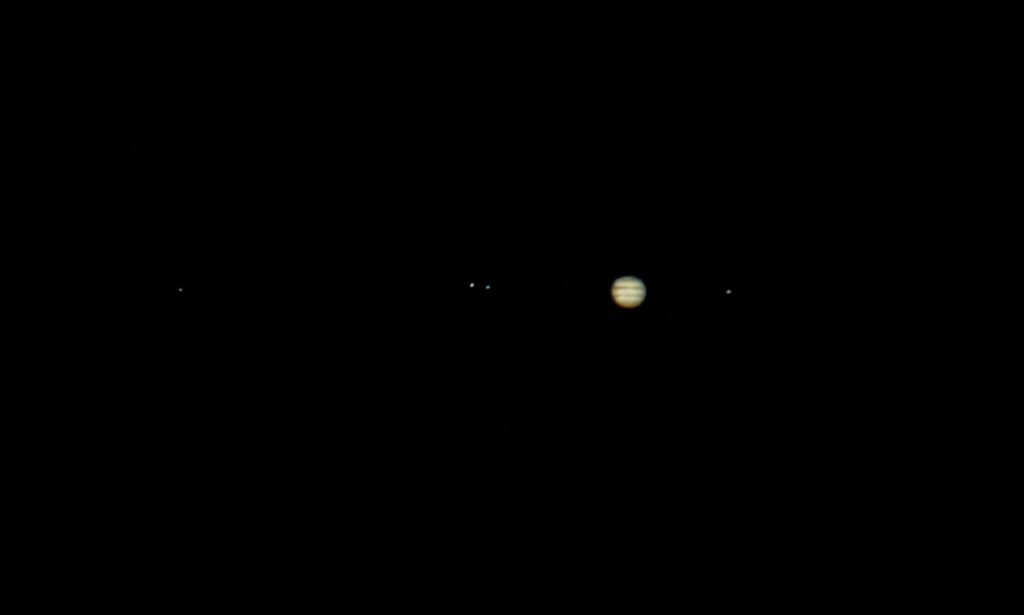
2. Next up is Jupiter! While this gigantic Jovian planet is undeniably tricky to photograph up close in “stellar” detail, it’s the perfect planet to look at with a pair of binoculars or small telescopes. While the Great Red Spot can be tricky to see at times, mainly because Jupiter is almost 535 million miles away, the planet itself, including its colorful bands, is spectacular. In addition, simple binoculars reveal the ever-changing Galilean moons of Jupiter! From left to right on the image above, you can see Callisto, Ganymede, Europa, and Io. That blue-tinted moon, Europa, is one of our most favored places for life in our solar system! Unfortunately, you can’t see Jupiter’s 75 other moons…
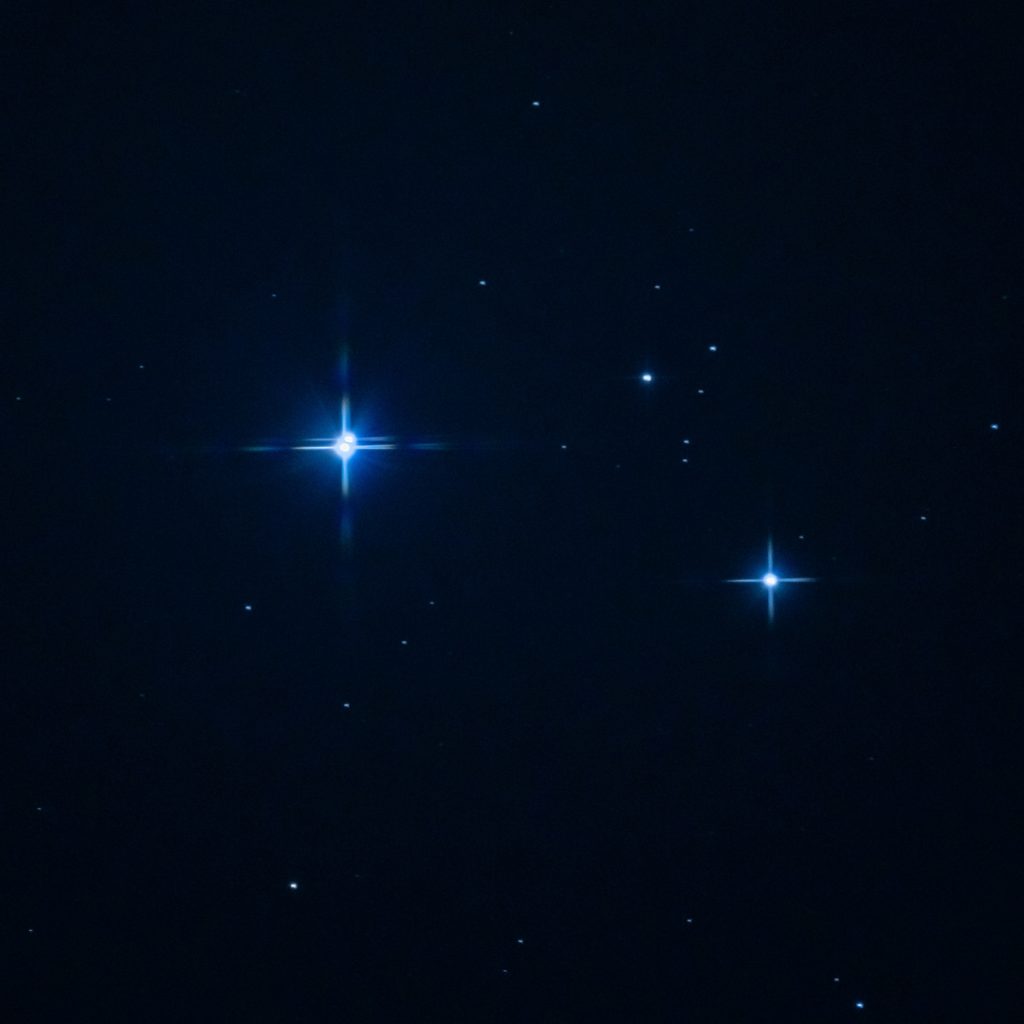
star appears just above Mizar.
3. Next up is the second star in the handle of the Big Dipper (Ursa Major)! Mizar, as it’s called, is a rather ordinary star. You sometimes use it when you say to your friends/family “Hey, there’s the Big Dipper.” However, Mizar is unique and has a fascinating tie to ancient human history. If you look closely at the image above, you’ll notice a second bright star near Mizar; Alcor. In ancient cultures around the world, these stars were used to determine the resolving power of a person’s eyesight. If one could see both stars, they were likely to survive longer as they would become archers. Those who couldn’t see the stars were delegated to the front lines. But, if you look even closer…Mizar has another star right next to it. That’s because this star system is a sextuple system. That being said, through a high powered telescope, similar to mine, only three can be seen.
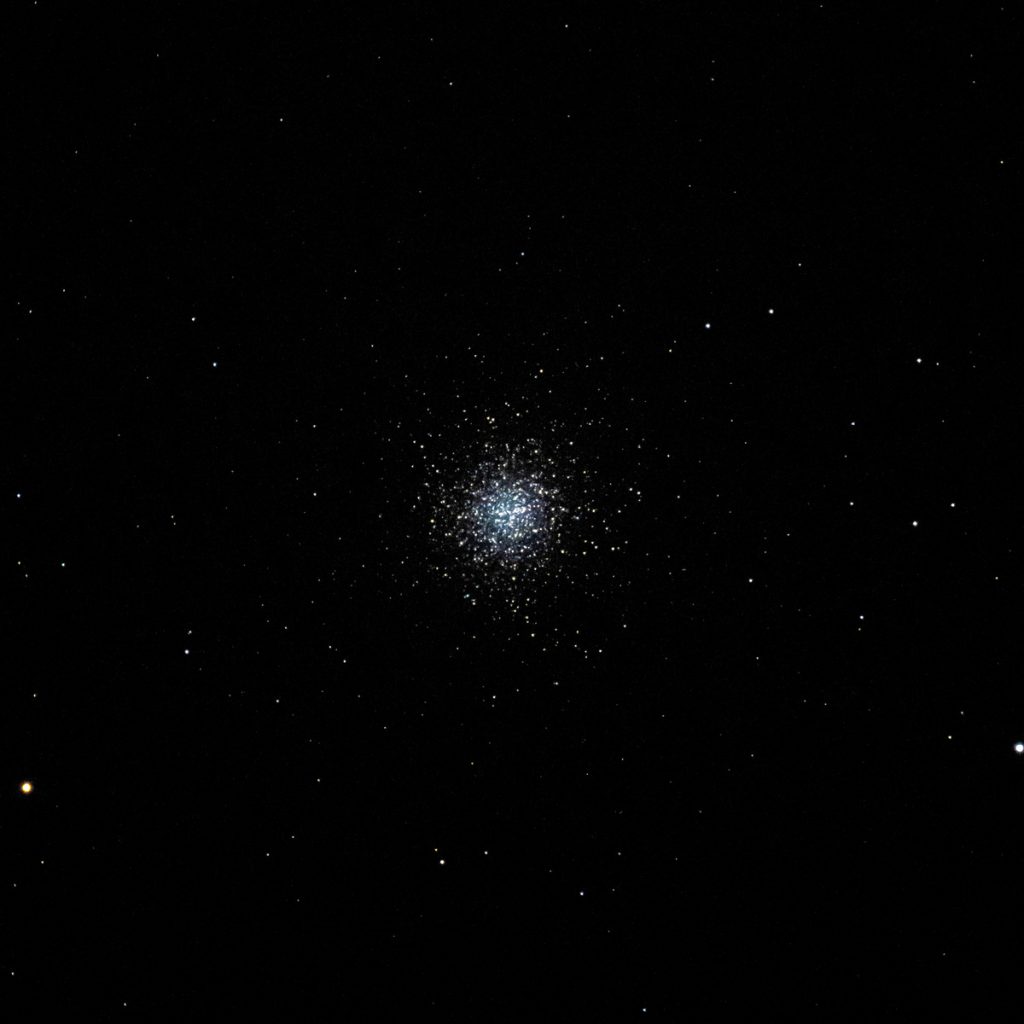
4.) Last, but not least, is M13, my Dad’s favorite Messier object and, perhaps, one of the neatest star formations in the night sky. This massive conglomerate of stars is known as a globular cluster. M13 is the most well known of the objects due to their brightness and easy location to find. Simply look at the constellation of Hercules in the summer months. M13 is located ⅓ of the way from the left star of the top two stars. Or, to simplify, use a star map on your computer/phone. This beautiful formation is home to hundreds of thousands of stars and covers roughly 145 light-years from side to side. That means, going back to the first episode of the Cosmic Mariner, if you traveled from one side to the other at the speed of light, it would take you 145 years! So cool! As is the case with the other objects listed, you can see M13 with a simple pair of binoculars.
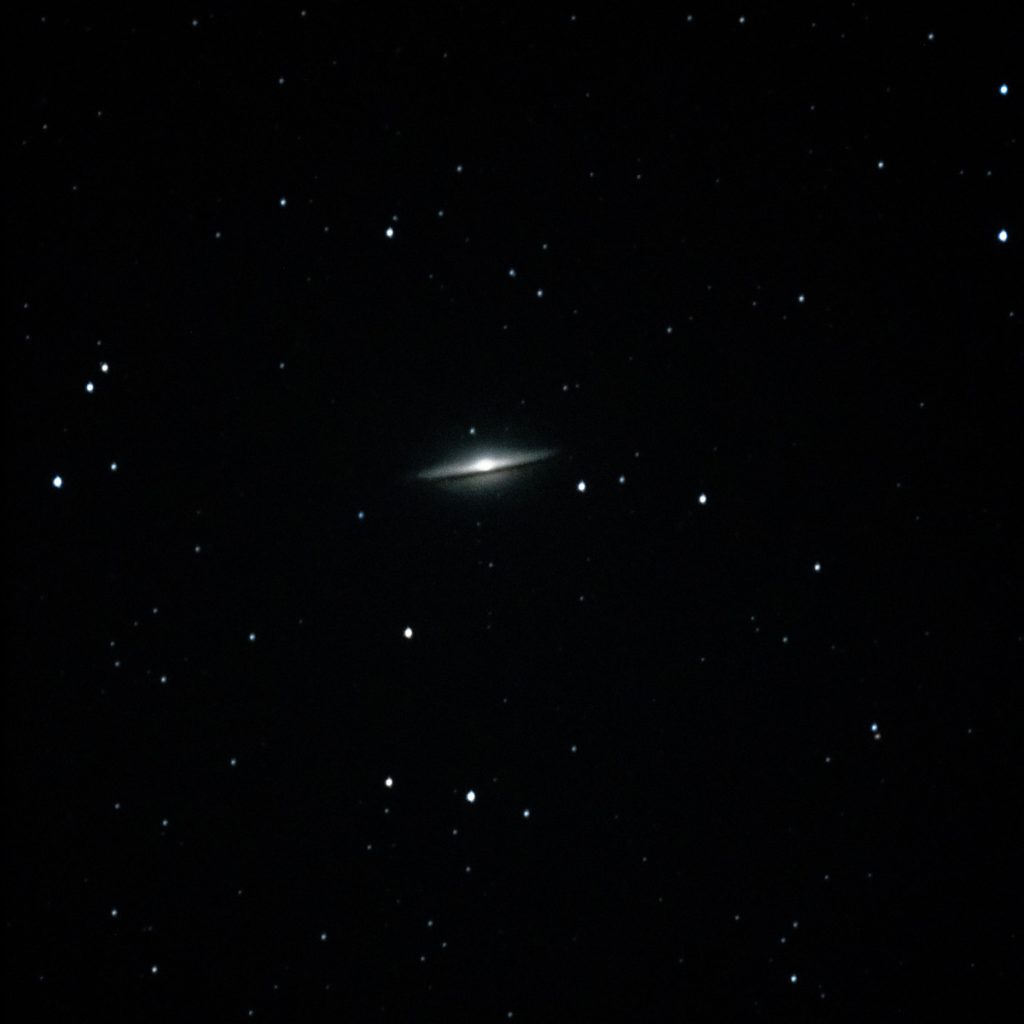
Now that you’ve got a few things to look at, get outside and rediscover our innate fascination with the cosmos above! In the meantime, enjoy these photos and photographs of other, more difficult to find, objects that occupy the wondrous void above.
Happy 2021!




